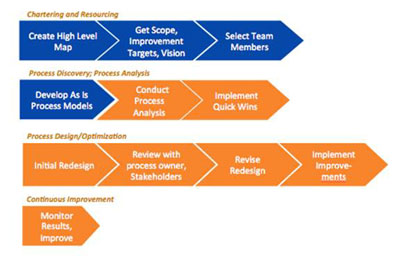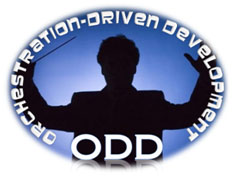Two of my biggest passions are business architecture and participating in endurance events like an Ironman® or an ultramarathon. Having excelled in both over the years taught me a few lessons. At the end of the day, every business architect’s goal to improve decision-making and accountability for business outcomes is not much different from an endurance athlete’s goal to win. I even coined the term “endurance architect” to aptly describe what I do. In my opinion, an endurance architect is someone who can bring the lessons from the playing field to the boardroom and vice versa to achieve sustainable profitability and/or self-actualization. How do we achieve these lofty goals? Let me start with the nuances of strategy and outline the steps of achieving success through strategic co-alignment, with examples from an endurance architect’s point of view.
What is strategy?

























